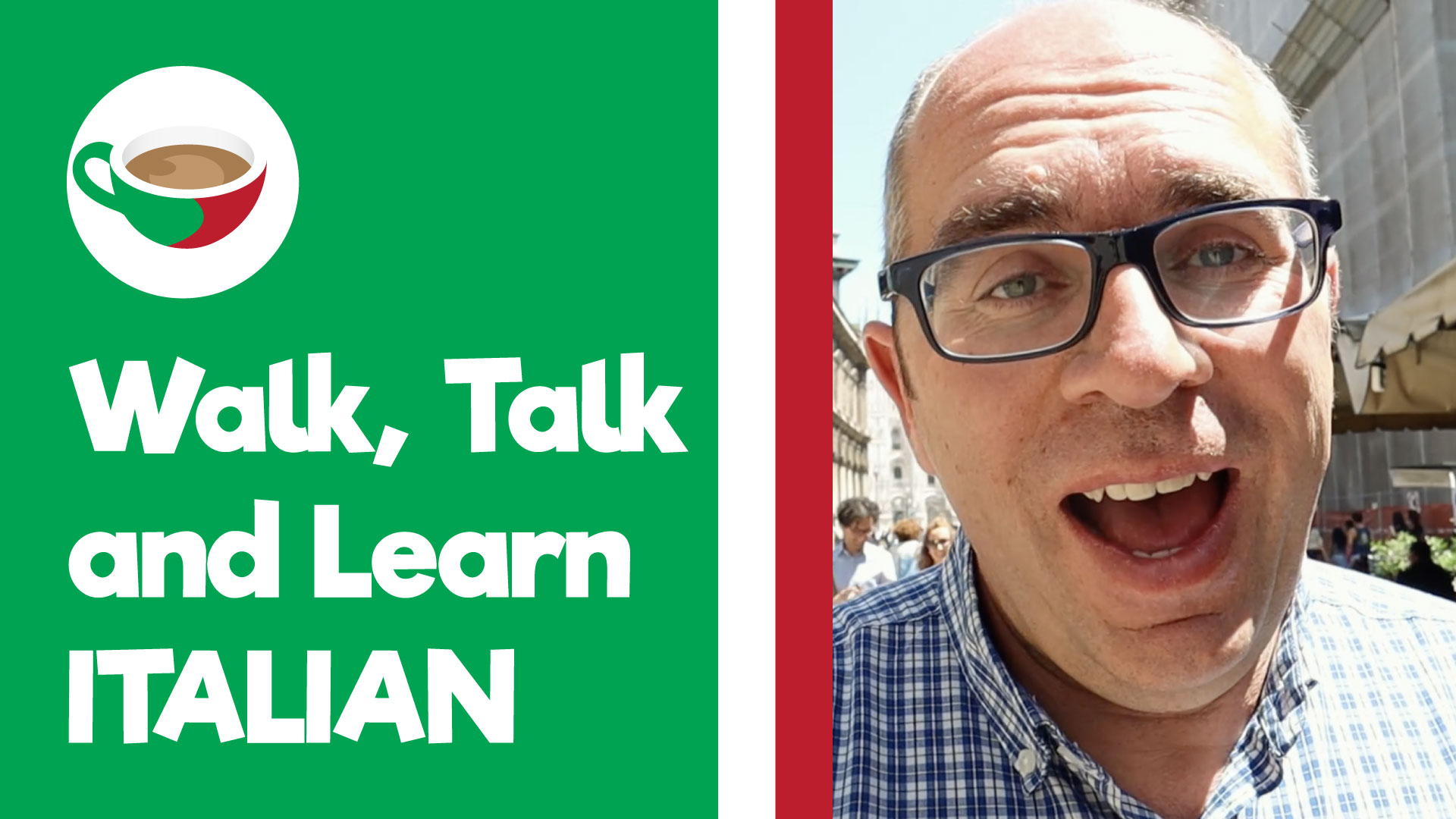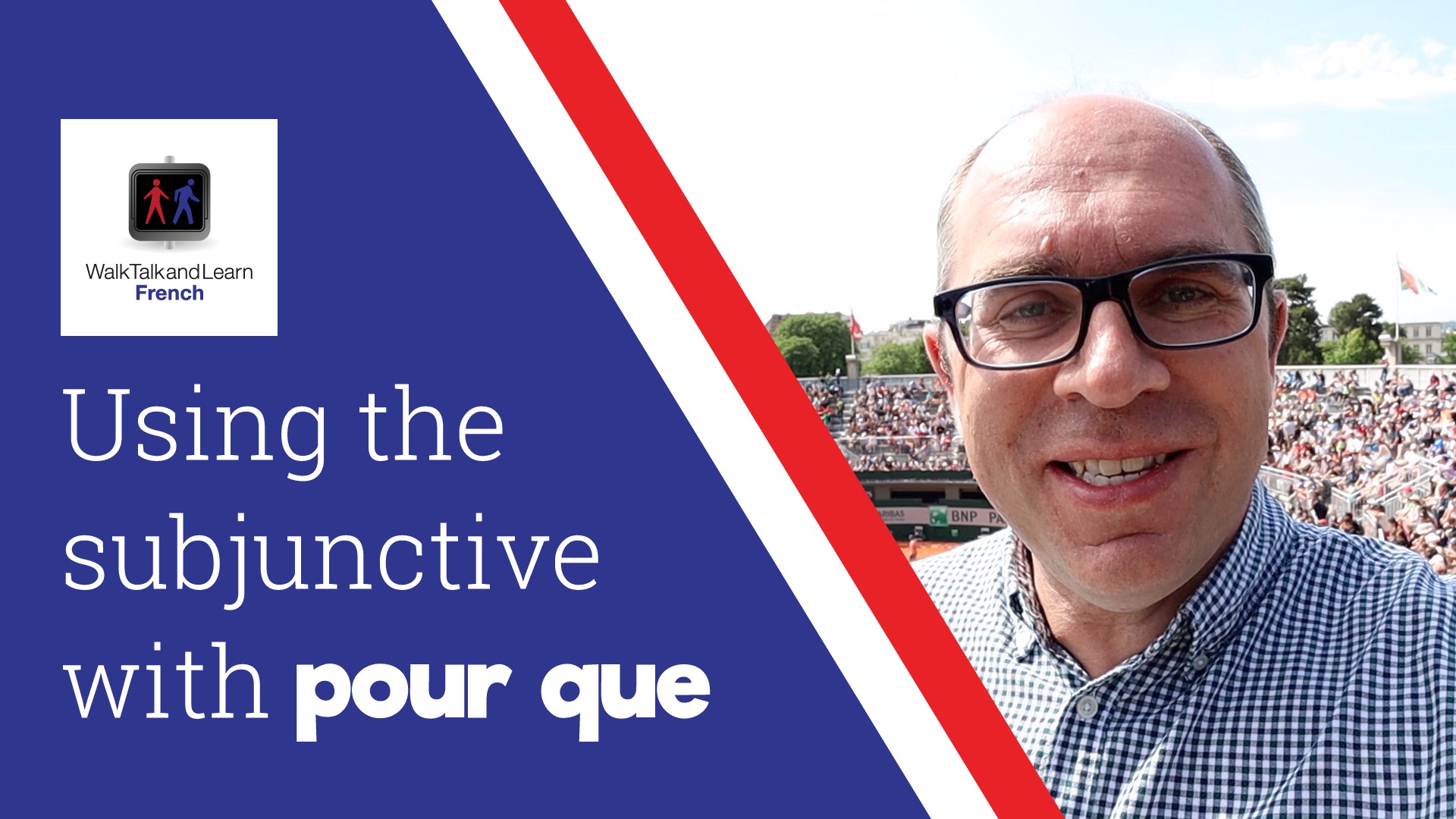Football fans across the world are champing at the bit. The FIFA World Cup is kicking off and we are here to celebrate this coming together of nations sharing their love for football! People of different languages gather for one common purpose: seeing their country taking home the World Cup.
Whether you are a hard-core football fan or a simple sport aficionado, we have compiled a list of foreign words you have to know for this Football World Championship.
Are you ready? Game on!
1. Чемпионат мира по футболу – Chempionat Mira Po Futbolu (Russian)
Let’s start with the basics. Since Russia is hosting the championship, we should begin with something in ру́сский язы́к – that is Russian language for those of us who cannot read Cyrillic alphabet. The official name for the 2018 World Cup is Чемпионат мира по футболу (Chempionat Mira Po Futbolu). Try to remember it to impress your friends!
If you want some help in pronouncing this long phrase, you should check out our One Minute Russian course – we should all learn a bit of Russian while we follow the World Cup, don’t you think so? We’ve included Lesson 1 below, and to access the full list of 10 lessons, click here.
2. National Nicknames
National football teams are usually called by their nicknames. From the defending champions (Germany/Nationalmannschaft) to the debutants (Panama/Los Canaleros and Iceland/Strákarnir okkar), everyone has an epithet that makes them more memorable to football fans. You may already know La Albiceleste (Argentina), Les Bleus (France) and La Furia Roja (Spain), but what about Les Aigles de Carthage (Tunisia) or Vatreni (Croatia) or even Sooceroos (Australia)? Fans all over the world scream their nicknames when a goal is scored, so make sure to memorise them.
Of course, we cannot forget to mention Canarinho (Brazil), who has won the World Cup five times and has participated to every championship to date! By the way, how do you feel about the absence of Gli Azzurri (Italy) in this year’s Championship? Scandalous.
3. Tiki-taka (Spanish)
If you plan to watch one of Spain’s matches, you may hear this term throughout the game. Tiki-taka refers to a style of play that involves highly accurate short passing (pases y paredes) and guarantees a retaining possession of the ball. The word was popularized by Spanish broadcaster Andrès Montes during the match between Spain and Tunisia in the 2006 World Cup and has since been a signature style of the Spanish National Team.
Will la Furia Roja maintain their tiki-taka? Or will they come up with a new winning strategy? Want to know more about the Tiki-taka? Here’s a video with the best Tiki-takas of 2017!
4. Panenka (Czech)
From one technique to another, Panenka refers to a penalty kick in which the ball is gently chipped into the goal after the goalkeeper has dived to one side of the goal. Coined by Czech former footballer Antonín Panenka, this kick can be obtained by giving a subtle touch underneath the ball, causing it to rise and fall within the centre of the goal thus deceiving the goalkeeper. Here’s some footage of the original Panenka from the 1976 UEFA European Championship Final.
This penalty kick is also called cucchiaio by Italians. The term was coined by Francesco Totti, the historic captain of AS Roma. If the match ends in a penalty shoot-out, we may well see a Panenka or two!
5. Zondagsschot (Dutch)
Sometimes, when you watch your national football team play – especially during a crucial match – you pray for them to score a miraculous goal. That’s what a Zondagsschot is! Literally translated as “Sunday shot”, it refers to a shot that a player would almost surely miss, but unbelievably goes in despite all previsions.
Do you remember the Euro U17 Cup final between the Netherlands and Italy? The Oranjie did score an incredible Zondagsschot!
6. Pipoqueiro (Portuguese)
We don’t think this term can be applied to any of the players from the Brazilian of Portuguese national teams, to be honest. Pipoquiero literally means “popcorn man” and it is used to describe a player that doesn’t play well in important games, like semi-finals or finals. Nobody wants to be that player and we hope no one will be called a pipoqueiro in the 2018 World Cup.
Let’s have some good matches!
7. Sukkerbold (Danish)
From popcorn to sugar, here’s another word that associates food with football. The Danish expression sukkerbold stands for an exceptional cross right at the target man. We are not really sure why the Danes call it a “sugar ball”, but it’s definitely sweet to see footballers play well.
Who do you think will achieve the highest number of sukkerbolde in this World Championship?
8. Bouffer la feuille (French)
This is another thing that no football fan wants to witness when their teams are playing. Bouffer la feuille is a French expression that is used when a player misses an easy goal and also a potential victory. Literally meaning “to fluff the sheet”, it refers to the score sheet where scored goals as well as the various cards dealt and the participating players are noted – this document is usually signed by the captain at the end of every match.
We are sure that si quelqu’un bouffe la feuille nobody will be happy (but if you think of it in French, you might be less angry about it).
9. Den sterbenden Schwan (German)
This one will make you laugh. Do you know what is a “diver”? It’s a player who too easily and too dramatically takes flight in the opponent’s box. Germans describe this kind of player as a Schwalbe, a swallow, and if a player is too much of a diver, they will accuse him of playing den sterbenden Schwan, the dying swan. Let’s face it: sometimes players can’t help but over-act as if they were playing in an opera when they dive. And it can be annoying. But, if you think of it as part of the famous Tchaikovsky’s ballet, you may enjoy their performance.
You may enjoy Die Lustigsten Schwalben der Welt…
10. Tólfan (Icelandic)
The newcomer Iceland must have an entry in this list. During its first participation at the UEFA Euro 2016, this Nordic island has made a name for itself thanks to its Tólfan, (“the 12th Man”) that is the Icelanders and their Viking chant. The supporters clapped and shouted HUH! in unison, starting off slow and gradually building the pace. It’s very intimidating for those playing against Iceland!
The Viking Thunder-Clap has accompanied the national team throughout their European adventure and we are sure the Tólfan will keep chanting in this 2018 World Cup. Here’s how 10,000 fans celebrated the homecoming of the Icelandic team on their departure from the Euro 2016:
Bonus: The FIFA World Cup Film
We thought you’d enjoy watching this preview for a film being made by FIFA called One to Eleven, which brings football fans closer to some of the amazing moments which have made the World Cup so special over the years. The preview features footballing greats speaking in their own languages and there are English subtitles too. Enjoy!
We hope you have enjoyed our blogpost about football lingo. Have you learned anything new? What is your favourite word? Let us know in the comment below! If you want to learn a new language for the World Cup, you should check out our One Minute courses – we have almost all languages from the countries participating in the competition!










